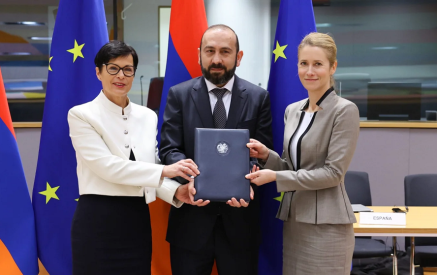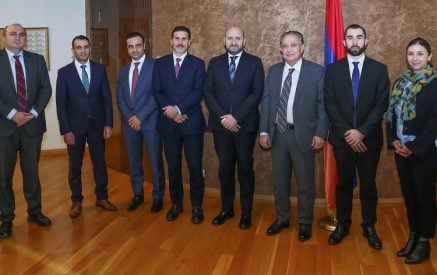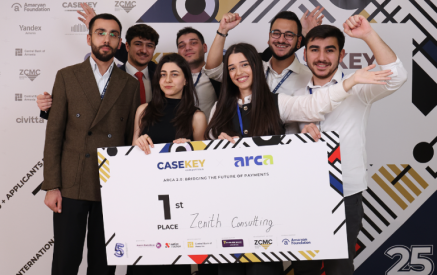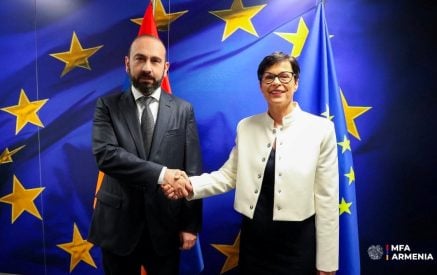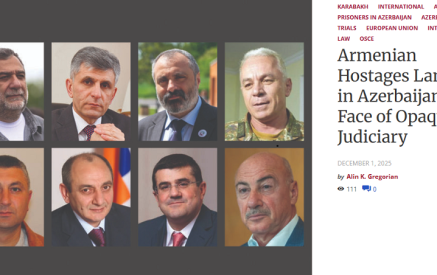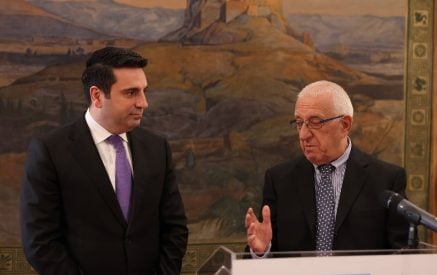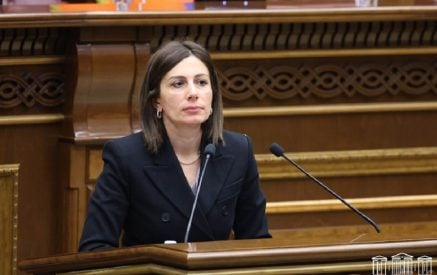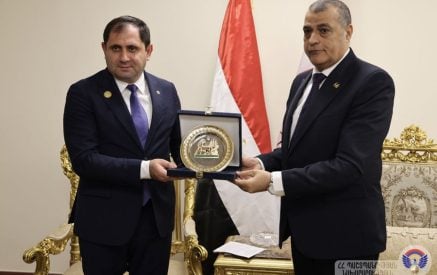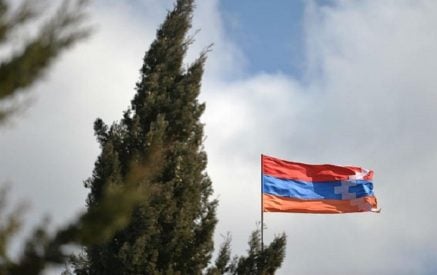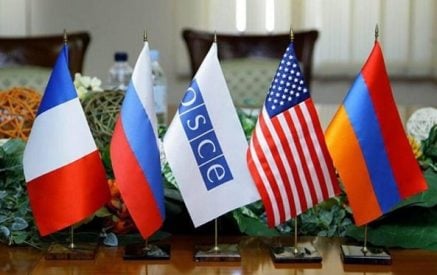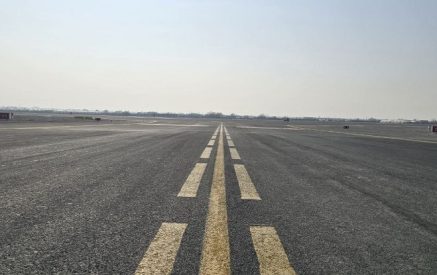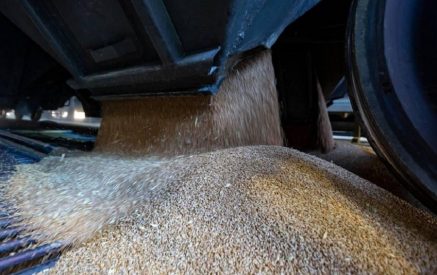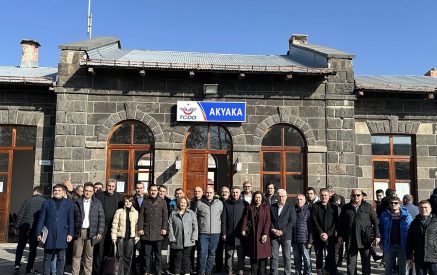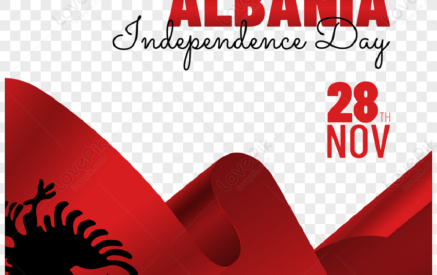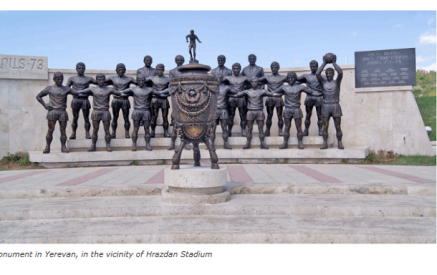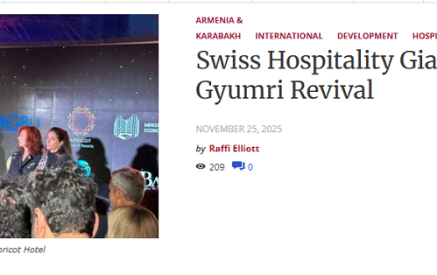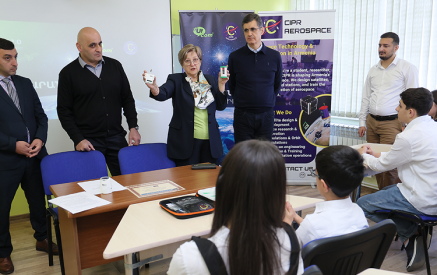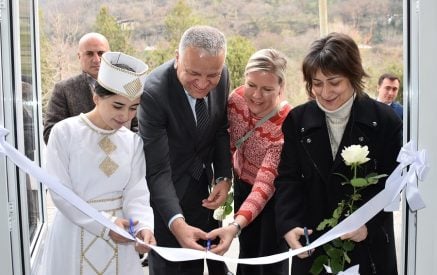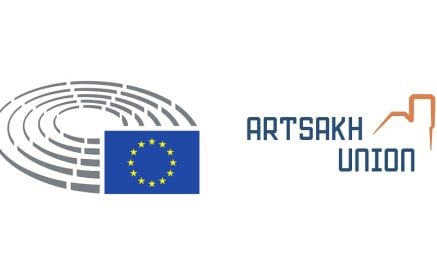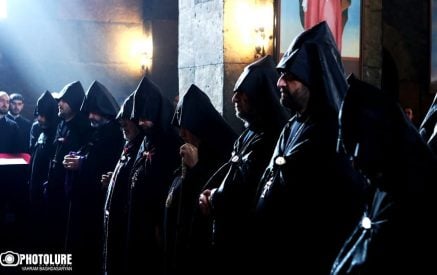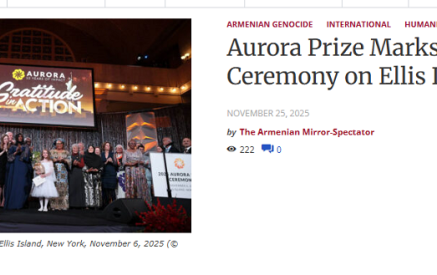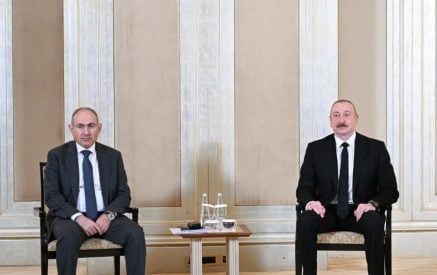On April 25, 1915, just a day after the mass arrest of Armenian leaders in the capital of the Ottoman Empire, Constantinople, a large force of the Australian and New Zealand Army Corps (Anzacs) landed on the Gallipoli peninsula as part of an allied effort to capture Constantinople. Although the campaign ended in defeat for the allies, it is regarded by most Australians today as a seminal event in the formation of their national identity. The anniversary date of the landing—April 25—has become Australia’s most significant national day with nationwide parades commemorating the sacrifice of those who have served and died in all wars.
Despite the strong coincidence in the dates and geographic setting, the Armenian Genocide has been largely excluded from official and popular accounts of Australia’s First World War experience. Why this was the case had intrigued me from a very young age.
As an avid antiquarian book collector and an independent researcher for the Australian Institute for Holocaust and Genocide Studies, I knew that the Australian press, along with its American and European counterparts, widely published news of the Armenian Genocide, but why had it faded from Australia’s collective memory of the war? Was there a more intimate connection between the two events that had not yet been explored? I decided to make it my mission to find out.
Beginning in the late 1990s, my research centered upon the experiences of the more than 200 Anzac prisoners captured by the Ottoman Army during the war and interned, as I surprisingly discovered, in the homes and churches the Armenians were forced to abandon. At the end of the war, the experiences of the surviving prisoners were recorded in both official repatriation reports and published memoirs. Almost without exception, the prisoners recorded encounters with Armenians, especially Armenian doctors serving in the Ottoman Army. Many of the prisoners also witnessed events surrounding the Armenian Genocide such as the deportation of women and children on the Berlin to Baghdad railway. I came to realize that there was a new body of evidence emerging that corroborated the neutral German and American eyewitness accounts of the genocide.
Read also
The next phase of my research focused on the humanitarian relief response by Australians both at home and on the battlefield. As Anzac forces were stationed in Egypt and much of their Middle East campaign was fought on the Palestine/Syrian front, it seemed highly likely that evidence would emerge on Australian encounters with Armenian Genocide survivors in the region, and indeed there was. During their advance in March 1918, Australian forces liberated thousands of Armenian genocide survivors east of the Jordan valley. A few months later, an Australian Colonel Stanley Savige, led a small elite force that defended a column of some 50,000 Armenian and Assyrian refugees fleeing the invading Ottoman Army in northern Persia. Most of the refugees survived the exodus and were settled in refugee camps in today’s Iraq thanks to the efforts of these men.
On April 25, 1915, just a day after the mass arrest of Armenian leaders in the capital of the Ottoman Empire, Constantinople, a large force of the Australian and New Zealand Army Corps (Anzacs) landed on the Gallipoli peninsula as part of an allied effort to capture Constantinople. Although the campaign ended in defeat for the allies, it is regarded by most Australians today as a seminal event in the formation of their national identity. The anniversary date of the landing—April 25—has become Australia’s most significant national day with nationwide parades commemorating the sacrifice of those who have served and died in all wars.
Despite the strong coincidence in the dates and geographic setting, the Armenian Genocide has been largely excluded from official and popular accounts of Australia’s First World War experience. Why this was the case had intrigued me from a very young age.
As an avid antiquarian book collector and an independent researcher for the Australian Institute for Holocaust and Genocide Studies, I knew that the Australian press, along with its American and European counterparts, widely published news of the Armenian Genocide, but why had it faded from Australia’s collective memory of the war? Was there a more intimate connection between the two events that had not yet been explored? I decided to make it my mission to find out.
Beginning in the late 1990s, my research centered upon the experiences of the more than 200 Anzac prisoners captured by the Ottoman Army during the war and interned, as I surprisingly discovered, in the homes and churches the Armenians were forced to abandon. At the end of the war, the experiences of the surviving prisoners were recorded in both official repatriation reports and published memoirs. Almost without exception, the prisoners recorded encounters with Armenians, especially Armenian doctors serving in the Ottoman Army. Many of the prisoners also witnessed events surrounding the Armenian Genocide such as the deportation of women and children on the Berlin to Baghdad railway. I came to realize that there was a new body of evidence emerging that corroborated the neutral German and American eyewitness accounts of the genocide.
The next phase of my research focused on the humanitarian relief response by Australians both at home and on the battlefield. As Anzac forces were stationed in Egypt and much of their Middle East campaign was fought on the Palestine/Syrian front, it seemed highly likely that evidence would emerge on Australian encounters with Armenian Genocide survivors in the region, and indeed there was. During their advance in March 1918, Australian forces liberated thousands of Armenian genocide survivors east of the Jordan valley. A few months later, an Australian Colonel Stanley Savige, led a small elite force that defended a column of some 50,000 Armenian and Assyrian refugees fleeing the invading Ottoman Army in northern Persia. Most of the refugees survived the exodus and were settled in refugee camps in today’s Iraq thanks to the efforts of these men.
The book had a major point of difference from the many other narratives on the subject. We weaved into the story many strands of Australian and Armenian history, including ancient, modern, military, social, women’s, migration, religious, humanitarian and much more. We have been greatly encouraged by the response the book has received by scholars and the wider public. One reader likened it to a traditional Armenian rug with many colorful threads and patterns running through it, which gives it a distinctive appeal. Their observation was echoed by the many positive reviews the book received in national and international newspapers, magazines and journals. Prominent journalist for the Independent Robert Fisk called it a “highly researched volume … with irrefutable proof of the Armenian genocide.” Another reviewer thought the book was “remarkable in its ability to present one of the most complex conflicts of the twentieth century with great clarity” adding that it was “informative, innovative and a pulsating read all the way through.” We were very pleased the book gained further recognition by being shortlisted for two major Australian literary awards.
However, the most gratifying part in this literary journey for me is seeing the book’s influence on the emerging academic and popular narratives on Australia’s First World War experience. The Armenian Genocide is no longer completely ignored like it once was.
Main photo. Australian relief workers among hundreds of Armenian orphans at the Antelias orphanage, Lebanon, 1923. Courtesy of Missak Kelechian














